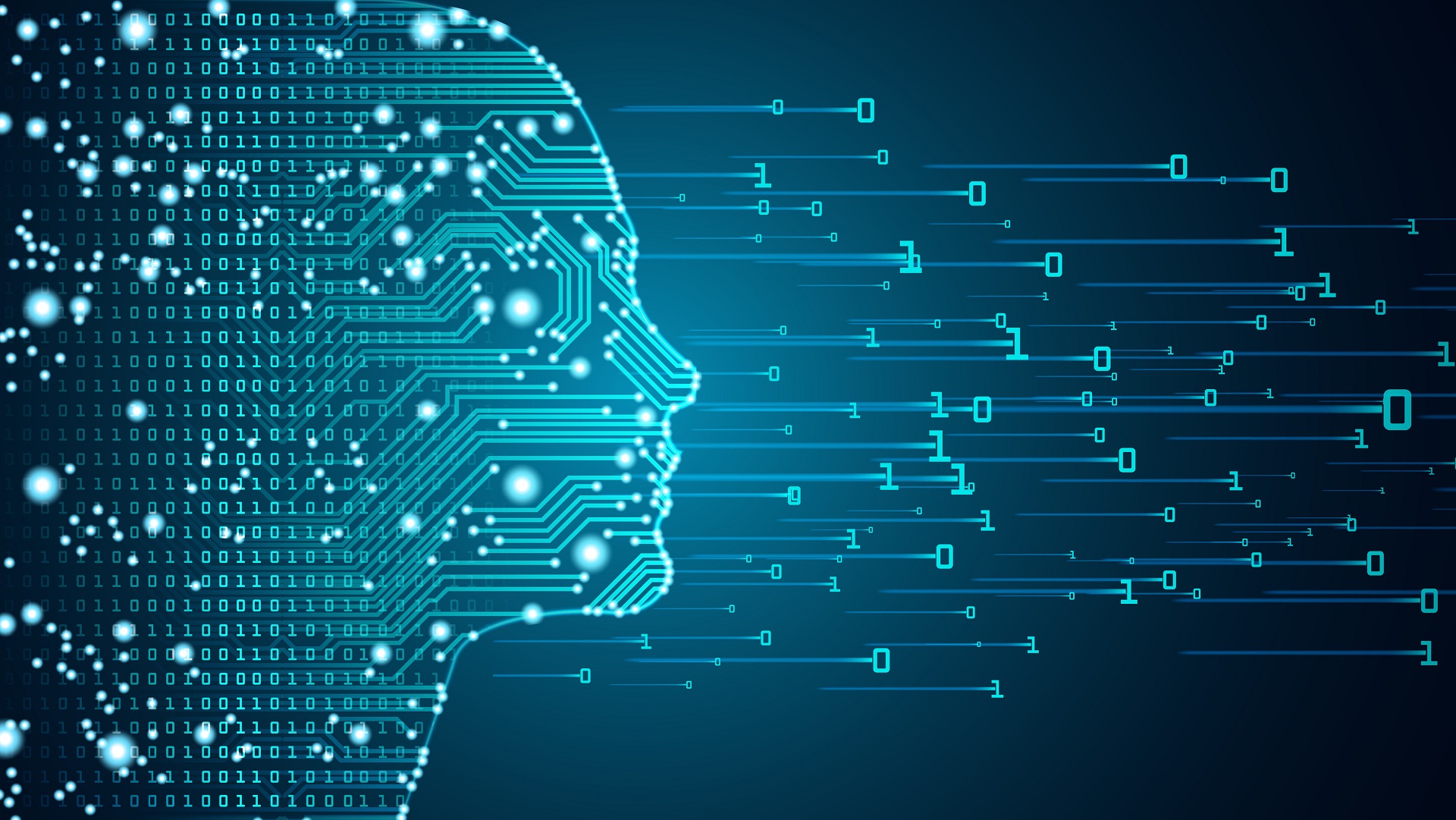EHRs, or electronic health records, sit at the center of healthcare information technology, and they have gone through a number of evolutions in recent years. Even with these recent changes, EHRs are sure to continue to evolve as certain technological advancements become more viable. As such, health system decisionmakers should invest in EHR with the future in mind.
Telemedicine, genomics-informed medicine, automation analytics, and next-generation analytics are all poised to impact the EHR in the coming years.
What’s Next for the EHR?
Reducing costs and increasing efficiency are two areas where automation analytics can benefit healthcare. This is the process of collecting information and analyzing how providers utilize automation for administrative and care processes. Studying these results will certainly help improve physician well-being. Automation analytics will help health systems understand when work is being diverted to physicians unnecessarily, for example, and corrections can be made.
Genomics-informed medicine is also on the horizon, giving caregivers the ability to tailor care to fit the needs of individuals. Genomics will also provide a much more detailed understanding of disease, helping clinicians positively influence outcomes. Genomics-informed medicine will give the healthcare industry brand new insight into patient futures, which can then help the industry develop better preventative behaviors.
EHRs will be used differently as telemedicine continues to develop as an option for healthcare organizations. The ability to deliver care virtually can significantly lower costs without hurting effectiveness or outcomes. Medical devices will be used remotely to monitor patients and send relevant information to the appropriate party. Patients might even be able to use devices to perform tests at home and then send the results to their healthcare provider.
Remote interactions won’t have a negative impact on the patients, either. In fact, video and other technologies can be used to maintain a relationship, benefitting the patient.
Machine learning is expected to impact EHRs and even change how they’re used. These predictive technologies anticipate the future to prevent unfavorable outcomes or complications in real-time. Analytics will also be preventative by helping patients maintain their health through detailed guidance. The result is avoided adverse outcomes that may have previously been unavoidable.
A New Approach to EHR
It’s become quite difficult for health systems to retrofit EHRs as new innovations become available, like the cloud, mobility, or machine learning. These areas are the top focus for industry decisionmakers, which is leading to a new approach to EHR.
Physician fatigue is a real problem these days, but so is the amount of time they are spending on the computer instead of with the patient. To combat these issues, there is more of a focus on human-centered design for new technologies. These changes, like making the EHR mobile and cloud-based, can transform the physician experience and improve their overall wellness. These changes are designed to streamline a physician’s workflow and allow insights that continuously improve performance.
Cloud solutions minimize issues associated with maintenance, equipment, security, and upgrades. The cloud also improves scalability while reducing the total cost of ownership for a health system’s IT department. The move to public cloud-based EHRs provides a distinct advantage over private cloud-based EHRs that utilize a software as a service (SaaS) model.
Efficiency Through Machine Learning and Mobility
Machine learning gives healthcare organizations the power to focus on maximum efficiency by learning what works best. This technology can be employed to learn treatment patterns and then pre-populate information or even supply preference reminders. Since it watches and surveys all activity, it can recognize and suggest opportunities for better efficiency.
Since this technology operates in real-time, it can provide information that immediately improves care quality for the patient. It also reduces time spent on repetitive documentation, which helps reduce fatigue and burnout for physicians.
Mobility is also essential to efficiency and convenience by giving users exactly what they need when and where they need it. Older EHR apps only offered limited features, causing physicians to abandon them. Newer EHR applications offer 100% of the EHR workflow, giving physicians true mobility that is necessary for efficiency and better overall care.
How Analytics, Telemedicine, and Genomics are Transforming EHRs
